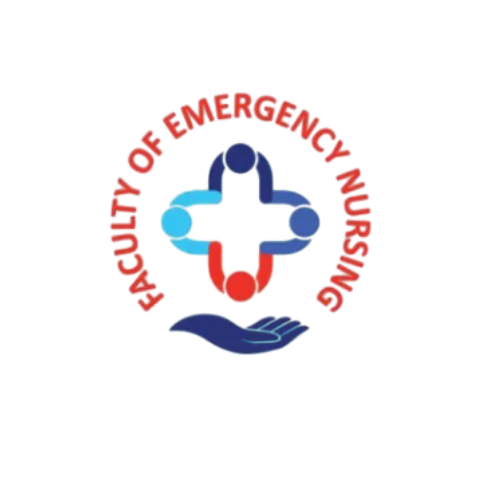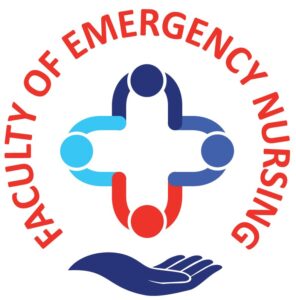Clinical Education Programme [CP]
Pathway to Qualification — Enhanced Practice Education Framework (Level 6*)
The Faculty of Emergency Nursing (FEN) Education Framework supports registered nurses in developing enhanced clinical skills and leadership capability within emergency care. We are currently refining these competencies and finalising partnership with a new awarding body, ensuring that our future qualifications reflect both contemporary practice and robust academic standards.
Our Level 6 Enhanced Practice Education Framework is structured around key areas of emergency nursing. Each unit follows a consistent format, designed to help nurses build knowledge, skills, and professional confidence:
Knowledge — Demonstrate understanding of underpinning theory and key concepts.
Intervention — Show competence in delivering clinical skills safely and effectively.
Patient Management — Apply knowledge and skills in managing real-world patient care.
Management of Self and Others — Evidence the ability to manage workload, prioritise, and work effectively within a team.
Units can be completed individually or combined towards a formal Level 6 qualification once our new awarding body arrangements are in place. The qualification will offer academic credit and formal recognition of enhanced emergency nursing practice.
All units are mapped to clear learning outcomes and assessment criteria. They are supported by open-access competency documents, portfolio tools, and assessor proformas to help nurses demonstrate and apply their learning in practice.
Full access to the unit content, assessment tools, and proformas is available exclusively to FEN CPD Webinar subscribers.
The Clinical Programme
Our flexible CPD webinars, available on demand, are designed to support the Enhanced Practice Competencies. Webinars can be accessed anytime, with CPD certificates awarded on completion of evaluation. While completing a portfolio is optional for CPD purposes, it will be required for those wishing to submit for qualification assessment in future. Please note — accreditation fees will apply when formal qualification routes are launched.
Building Your Portfolio for Future Qualification
Learners are encouraged to continue developing their clinical portfolios of evidence, using our CPD webinars, proformas, and reflective tools to document their learning, skills, and professional growth. These portfolios will support formal qualification assessments once our updated awarding body partnership is confirmed. Evidence gathered now — or even from previous years — can still be used, provided learners can demonstrate its relevance and currency to current practice. By maintaining and updating their portfolios, learners will be well-positioned to progress seamlessly when the qualification pathway is launched. This ensures that when our formal qualifications launch, your development record is already in place — ready to be recognised and accredited.
[*level 6 equivalent in Scotland is Level 10 and level 8 in Ireland]
Frequently asked questions
No, the programme can be used flexibly, FEN will support a member to gain a qualification, equally they will support members just wishing to complete some CPD.
This was the only way that we could ensure flexibility for our members to commence our programmes at a time that suited them.
On completion of an evaluation following attendance at a webinar or watching on catch-up, you will receive a certification of attendance.
No, but the unit/qualifications have to be presented to the Internal Quality Assurance Board electronically for them to be accredited.
Both universities and awarding bodies use the CQFW (Credit and Qualifications Framework for Wales) and Quality Assurance Agency for Higher Education (QAA) crediting system. So, attaining 120 credits at level 6 indicates the same degree of difficulty and number of study hours as what would be attained in the university’s final year of an honour’s degree programme. You will notice in job descriptions it often stipulates degree or equivalent – this is that equivalent. This can be clearly seen in the fan diagram found in the CQFW learner Guide[1].
We would like to build on this, so if your question has not been answered please contact us.

